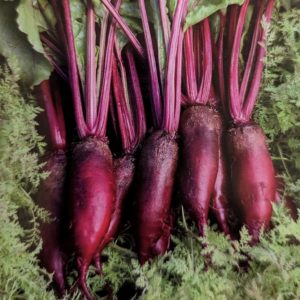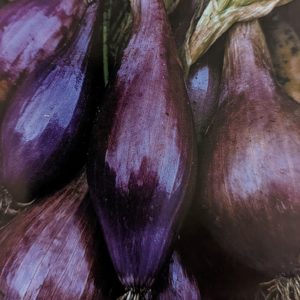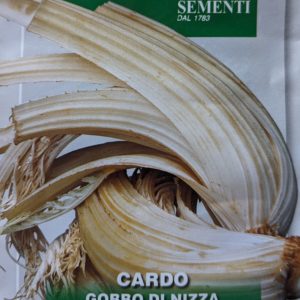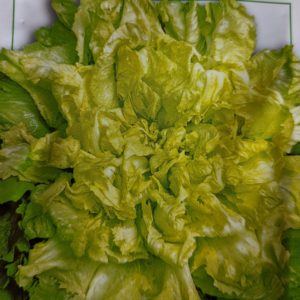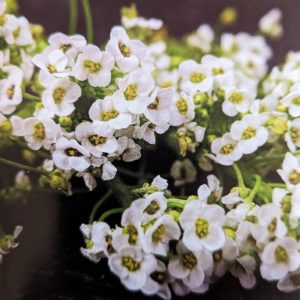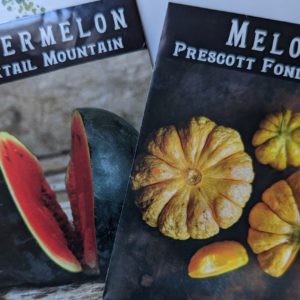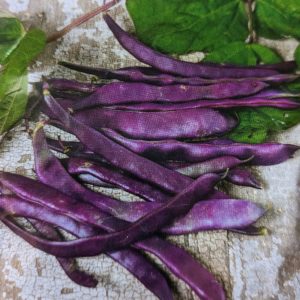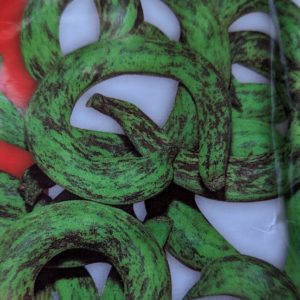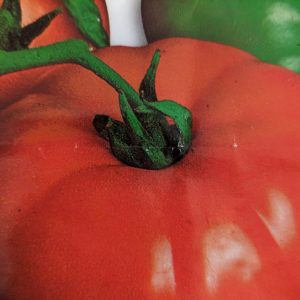Winter is the time to think about your next garden. It’s a good time to lay plans to sow the seeds of change. If you kept a garden journal, revisit it to find out what worked for you and what did not.
It’s also a great time to read up on some gardening publications (and perhaps, blogs as well)!
The winter months are a great time to order seeds for your vegetable, flower and herb gardens. Get your order in as early as possible, as some items do sell out. There are plenty of seed sources you can find online. Here are a few that I like to order from:
- Baker Creek Heirloom Seeds
- Seeds of Italy
- Seed Savers Exchange
- Urban Farmer Seeds & Supplies
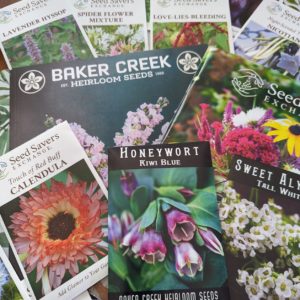
Perusing seed catalogues is fun, and it is easy to get excited about all the things that you might want to plant, but find that you may have over done it. I assure you, that if you are anyway like me, it is a real occupational hazard! Fortunately, many seeds do store well in the refrigerator.
Here are a few tips on how to go about ordering seed and some points to consider for your next garden.
- Determine what space and exposure you have for a garden. What is the square footage available for planting? Most vegetable gardens like full sun, requiring at least 6 hours of sunlight. Many plants grown for greens prefer partial shade.
- Get to know what your soil texture, drainage and the pH are like. Most garden plants prefer a moist well-drained soil, with a pH range between 6.0 and 7.0.
- Consider the planting requirements of your garden plants. For example, the brassicas (broccoli, cauliflower, Brussels sprouts, cabbage) have a high calcium requirement, therefore prefer soils with a pH above 7.0. Potatoes, on the other hand do well in slightly acidic soils (with a pH<7.0).
- If it is a kitchen garden, it is best to plant it, well near the kitchen. Particularly those plants that you would use on a weekly, if not daily basis. For example, site your herb garden so it is convenient for harvesting.
- When planning a new garden, consider access to water.
- When laying out beds, make them no wider than what you can reach across, no more than 36” wide to avoid compaction from walking on the beds. Plan on paths in between, that are mulched or covered. If it’s a grass path, make them wide enough to easily mow and push a wheelbarrow through.
- If it’s a vegetable garden, then choose plants that you enjoy eating. Sounds strange, but there is no point in planting Brussels Sprouts if that is something you don’t enjoy eating.
- If you’re limited in space, consider growing vertically, on trellising. Trellises work well for climbers and vining crops such as runner (pole) beans, cucumbers, and squashes.
- Consider maintenance of the garden: I know of few people that enjoy or have the time to weed a bed. Weeding can be meditative, though if weeds get ahead of you, then they can compromise your crop. Mulch your garden after you’ve finished planting.
- Consider garden designs that require less energy input (on your part), and optimize the root environment (rhizosphere) for micro-flora. Beneficial associates (bacteria and fungi) exchange water and minerals for sugars exuded by plant roots. These microbes help plants in a number of ways including nitrogen fixation, enveloping roots with protective mycelium, and by the production of chemicals to suppress pathogens.
- Consider companion plants. A classic example is planting a legume with a grass. The “Three Sisters” are corn (a grass), runner bean (legume), and winter squash. The corn provides a trellis for the runner bean, the bean puts nitrogen back into the soil, and the squash covers the ground to suppress weeds.
- Consider successional planting (early spring, summer & fall plantings). Order seeds for successional plantings.
- Consider building your compost bin in the center of your garden to make it easier to use.
- Consider sustainability in your garden designs. Planting a diversity of species at different times tilts the probability of your garden becoming increasingly successful.
Here’s a short list of the vegetable and flower garden palette by family:
The Amaranthaceae include: beets, Love-Lies-Bleeding, Swiss chard
Pictured, L to R: Beets, love-lies-bleeding, rhubarb chard
The Amaryllidaceae include: garlic, onion, leeks, chives, garlic chives, asparagus
Pictured, L to R: Florence red onion, garlic chives
The Compositae: marigolds, calendula, chrysanthemums, chamomile sunflower, asters, cosmos, tansy, zinnias, lettuce, endive, radicchio
Pictured, L to R: Compositae, cardoon, endive
The Cruciferae includes the brassicas: broccoli, cauliflower, cabbage, Brussels sprouts, kale, arugula, radish, mustards
Pictured, L to R: Sweet alyssum, sprouting broccoli
The Cucurbitae: cucumber, melons, squashes, pumpkin
Pictured, L to R: Cucurbitae, melons, cucumbers
The Labiatae includes the mints: peppermint, spearmint, sage, rosemary, bee balm, savory, oregano, lavender, hyssop
Pictured: Lavendar hyssop
The Leguminosae (Fabaceae): beans and peas
Pictured, L to R: Pole beans, bush beans
The Solanaceae includes tomatoes, potatoes, peppers and eggplant
Pictured, L to R: Tomato, ping tung eggplant, pepper varieties.
The Umbelliferae includes parsley, dill, fennel, carrot, celery, lovage
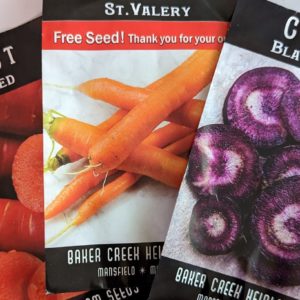
Pictured: Carrots
Come back next week for more thoughts on how to effectively plant these seeds and how to plan out your garden.
~ Signing off for now, Joe

